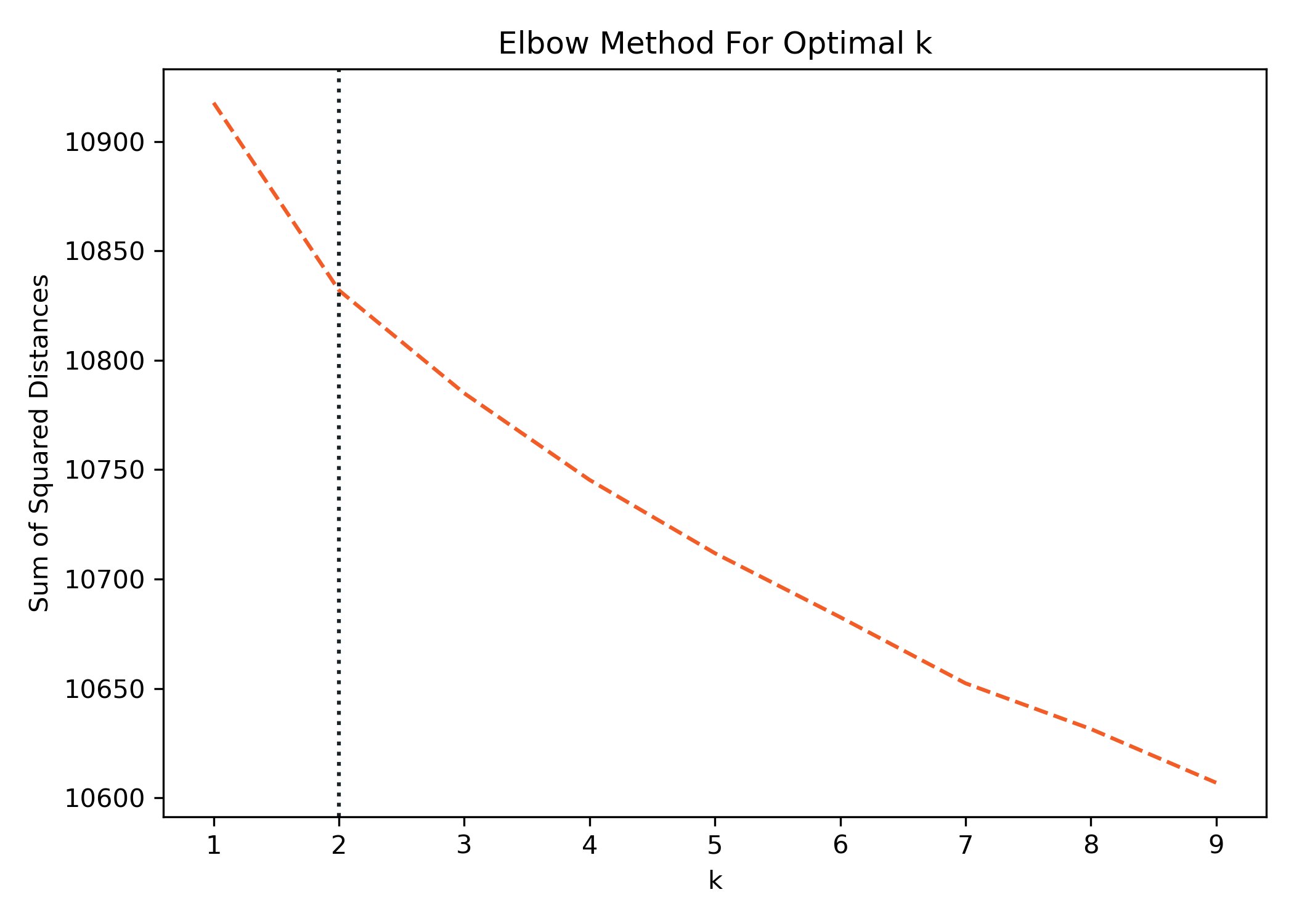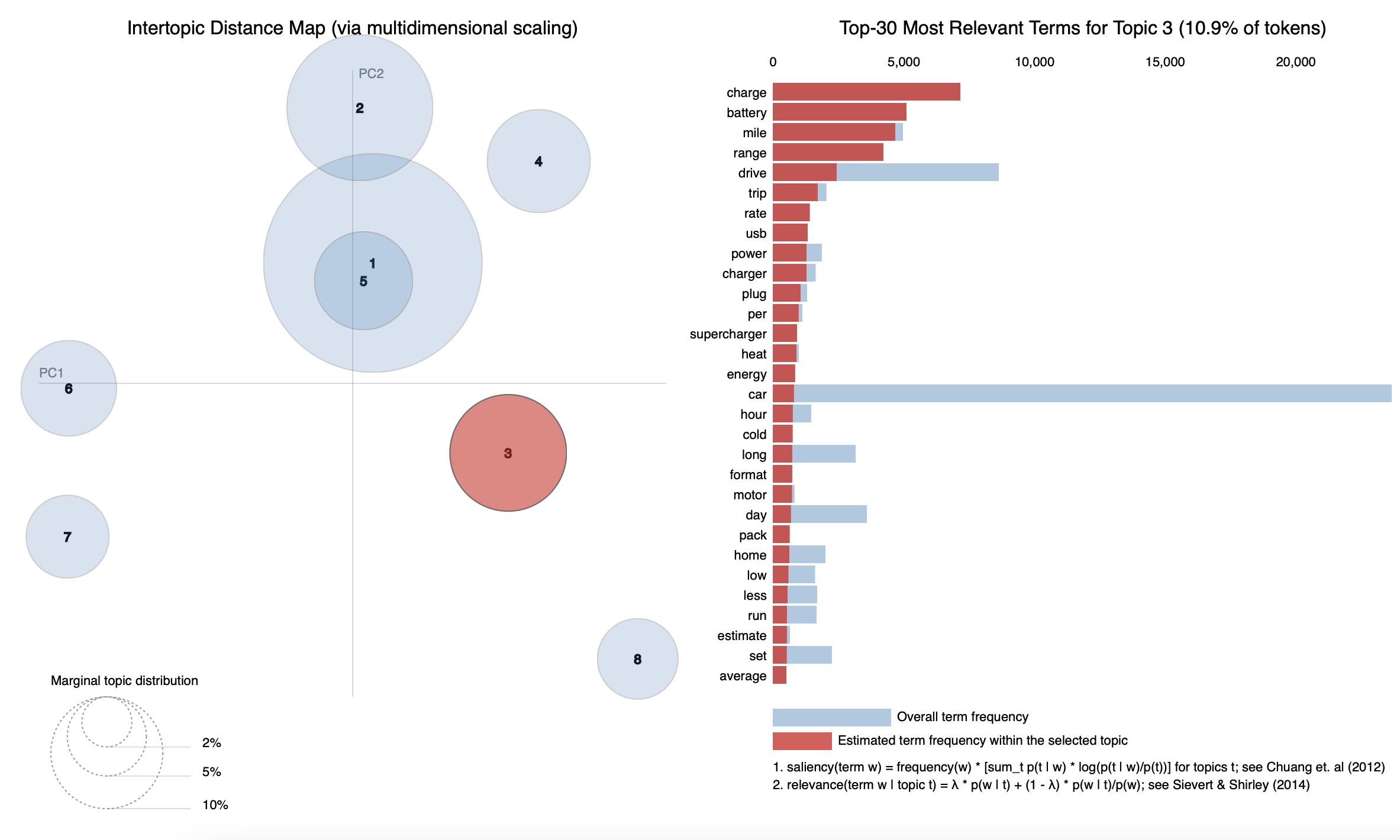A Quick Introduction to Bag of Words and TF-IDF
What is a Bag of Words
Have you ever wondered how Machine Learning (ML) deals with text when ML is based on math and statistics? I mean, the text isn't numbers after all... Right?
Let me introduce you to the Bag-of-Words (BoW) model. Aside from its funny-sounding name, a BoW is a critical part of Natural Language Processing (NLP) and one of the building blocks of performing Machine Learning on text.
A BoW is simply an unordered collection of words and their frequencies (counts). For example, let's look at the following text:
"I sat on a plane and sat on a chair."
and chair on plane sat
1 1 2 1 2
Note: The tokens (words) have to be 2 or more characters in length.
It's as simple as that. Let's look at how this was computed and what it might look like with a few more sentences, or what we commonly refer to as a document. First, we'll import the necessary libraries.
import pandas as pd
import numpy as np
from sklearn.feature_extraction.text import CountVectorizer
from sklearn.feature_extraction.text import TfidfVectorizer
We will be using text vectorizers from Scikit-Learn. We've imported two of them, the CountVectorizer which creates a BoW, and TfidfVectorizer, which we'll talk about a little later. Let's process a few documents in the form of a list of strings.
corpus = [
"Tune a hyperparameter.",
"You can tune a piano but you can't tune a fish.",
"Fish who eat fish, catch fish.",
"People can tune a fish or a hyperparameter.",
"It is hard to catch fish and tune it.",
]
vectorizer = CountVectorizer(stop_words='english')
X = vectorizer.fit_transform(corpus)
pd.DataFrame(X.A, columns=vectorizer.get_feature_names_out())
catch eat fish hard hyperparameter like people piano tune
0 0 0 0 0 1 0 0 0 1
1 0 0 1 0 0 1 0 1 1
2 1 1 3 0 0 0 0 0 0
3 0 0 1 0 1 0 1 0 1
4 1 0 1 1 0 0 0 0 1
We can see a little more clearly what the matrix looks like for our BoW. Rows are documents, and columns are unique words. The CountVectorizer comes with all sorts of in-built text preprocessing, like removing stop words which we've done here. If a sentence contains a word, it will count the number of occurrences, and if there are none, it will use a 0. The BoW approach will put more weight on words that occur more frequently, so you must remove the stop words.
What is TF-IDF?
We saw that the BoW model would count the occurrences and more weight on most words. An alternative method known as TF-IDF does just the opposite. TF-IDF stands for Term Frequency-Inverse Document Frequency, which nicely spells out the method it's using. Instead of giving more weight to words that occur more frequently, it gives a higher weight to words that occur less frequently (across the entire corpus). In use cases where you have more domain-specific language in your text, this model performs better by giving weight to these less frequently occurring words. Let's run it on the same documents as before.
Before we do inverse document frequency, let's Term Frequency, which will work like a BoW but give us a value for each term where the sum of squares of the vector (document) = 1. This is the same as the BoW model but normalized.
vectorizer = TfidfVectorizer(stop_words='english', use_idf=False)
X = vectorizer.fit_transform(corpus)
df = pd.DataFrame(np.round(X.A,3), columns=vectorizer.get_feature_names_out())
df
catch eat fish hard hyperparameter people piano tune
0 0.000 0.000 0.000 0.0 0.707 0.0 0.000 0.707
1 0.000 0.000 0.408 0.0 0.000 0.0 0.408 0.816
2 0.302 0.302 0.905 0.0 0.000 0.0 0.000 0.000
3 0.000 0.000 0.500 0.0 0.500 0.5 0.000 0.500
4 0.500 0.000 0.500 0.5 0.000 0.0 0.000 0.500
In the first document (0), we see the word hyperparameter, which we could consider a very domain-specific word, has the same weighting as tune, which occurs more frequently across the entire corpus.
For document 2, we can see the word fish has a large value because it occurs often. Now that we have our values let's look at what happens when we apply Inverse Document Frequency.
vectorizer = TfidfVectorizer(stop_words='english')
X = vectorizer.fit_transform(corpus)
df = pd.DataFrame(np.round(X.A,3), columns=vectorizer.get_feature_names_out())
df
catch eat fish hard hyperparameter people piano tune
0 0.000 0.000 0.000 0.000 0.820 0.000 0.000 0.573
1 0.000 0.000 0.350 0.000 0.000 0.000 0.622 0.701
2 0.380 0.471 0.796 0.000 0.000 0.000 0.000 0.000
3 0.000 0.000 0.373 0.000 0.534 0.661 0.000 0.373
4 0.534 0.000 0.373 0.661 0.000 0.000 0.000 0.373
Let's compare the two models. In the first document, hyperparameter has a higher weight than tune because it occurs 50% less than the word tune. Notice, however, that the weights are still document-dependent; tune does have different weights in different documents depending on each context.
For document 2, we can see that the term fish has been weighted slightly less due to how often it occurs.
Conclusion
Hopefully, this quick overview was helpful for you in understanding BOW and TF-IDF. While they're really easy to build with libraries like Scikit-Learn, it is important to understand the concepts and even when one might perform better than the other. If you would like to see TF-IDF in practice, check out the post on Clustering Text with k-Means.
Check out the full code for this post on GitHub



